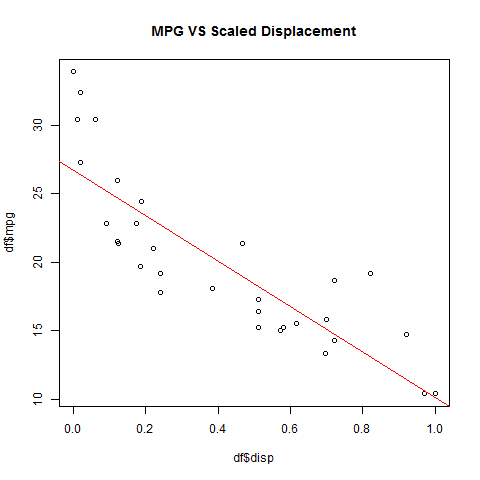Scaling or zeroing will will not change the regression or classification results. The only down side is lose of interpretability.
Here are working examples in R showing that any combination of scaling or zeroing produces the same regression line.
Coefficients can be different, and that is okay. Here are the coefficients calculated in the models below in order.
(Intercept) disp
1 29.59985 -0.04121512
2 20.09062 -0.04121512
3 26.66946 -16.52314159
4 26.66946 -16.52314159
No zeroing or scaling
# orginal data
df <- mtcars
png("mtcars_original.png")
plot(df$disp, df$mpg, main="MPG VS Displacment")
abline(lm(mpg ~ disp, df), col = 2)
dev.off()

Zeroed
# zeroed displacement
df <- mtcars
df$disp <- df$disp - mean(df$disp)
png("mtcars_zeroed.png")
plot(df$disp, df$mpg, main="MPG VS Zeroed Displacement")
abline(lm(mpg ~ disp, df), col = 2)
dev.off()

Scaled
# scaled displacment
df <- mtcars
df$disp <- (df$disp - min(df$disp)) / ( max(df$disp) - min(df$disp))
png("mtcars_scaled.png")
plot(df$disp, df$mpg, main="MPG VS Scaled Displacment")
abline(lm(mpg ~ disp, df), col = 2)
dev.off()

Zeroed & Scaled
# zeroed & scaled displacment
df <- mtcars
dt$disp <- df$disp - mean(df$disp)
df$disp <- (df$disp - min(df$disp)) / ( max(df$disp) - min(df$disp))
png("mtcars_zeroed_scaled.png")
plot(df$disp, df$mpg, main="MPG VS Scaled & Zeroed Displacment")
abline(lm(mpg ~ disp, df), col = 2)
dev.off()





